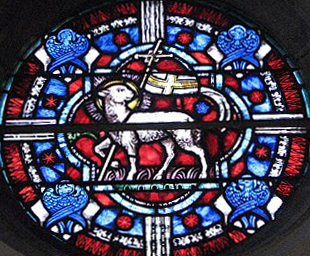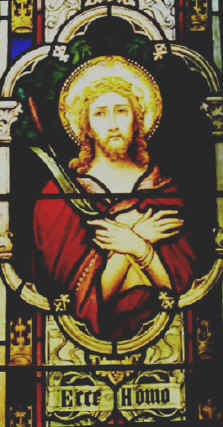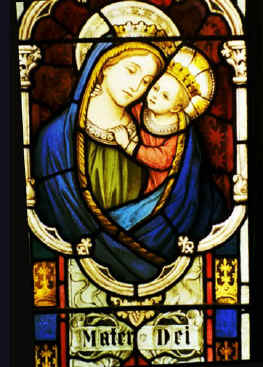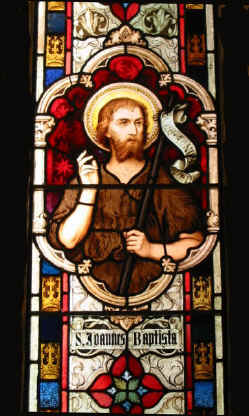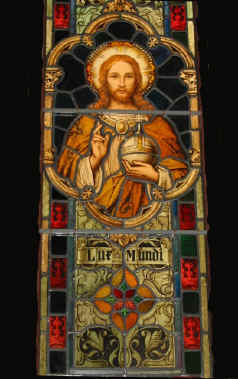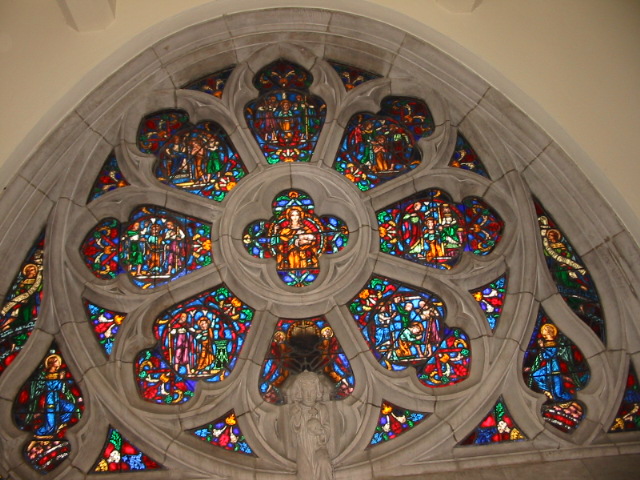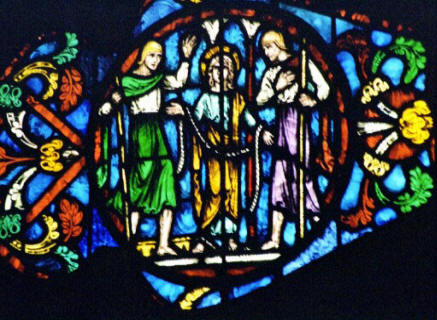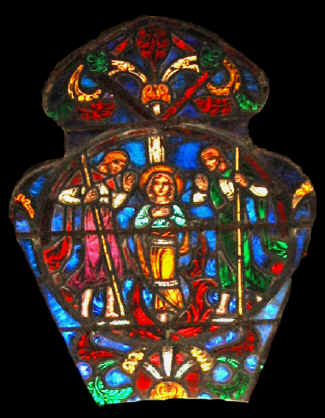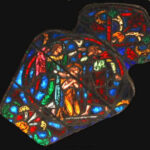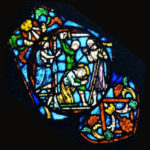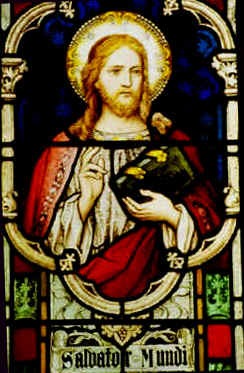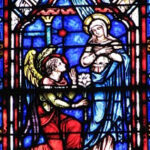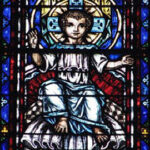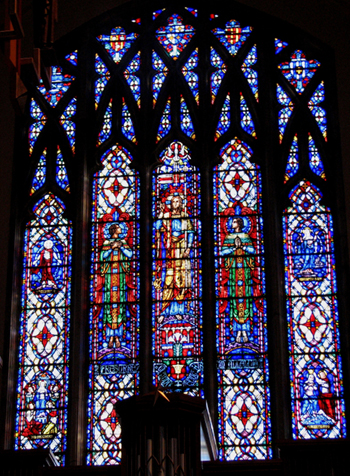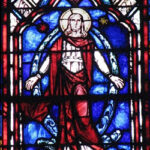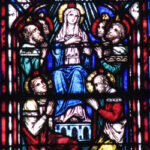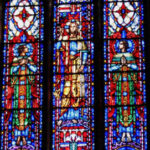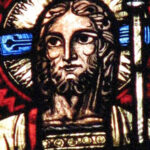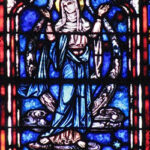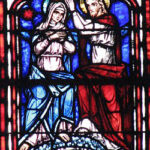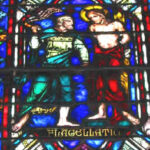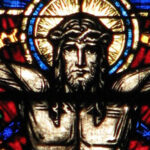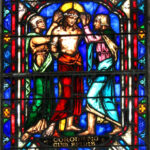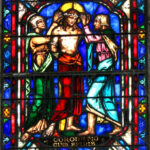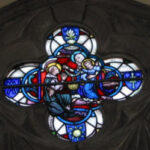Stained glass windows are a common feature of churches and cathedrals. Through the centuries stained glass windows where developed as a means of educating those who could not read. Therefore, many of these windows tell a story which are meant to be “read” by the viewer. The 13th Century Chancellor of the School of Chartres was quoted by Whitney S. Stoddard (Art and Architecture in Medieval France (New York: Icon Editions, Harper and Row, 1966), 266-267) as saying, “The paintings on the windows are Divine writings, for they direct the light of the true sun, that is to say God, into the interior of the Church, that is to say the hearts of the faithful, thus illuminating them.”
The stories told by the windows of St. Agnes are varied and include the life and martyrdom of St. Agnes of Rome, the life of St. Dominic, and the Joyful, Sorrowful and Glorious Mysteries of the Rosary. Numerous other vignettes tell the story of the Blessed Virgin and saints of the church. This section of our website attempts to “translate” the stories found in these windows and to deepen our understanding of God’s word to the world.
It is obvious from the outside of the Cathedral that stained glass windows are a major element of the building’s architecture. Upon entering the nave of St. Agnes Cathedral the visitor’s eye is immediately drawn to the massive tracery stained glass windows that adorn both the east and west sides of the Cathedral. As you move forward and turn to face the rear of the Cathedral the magnificent window over the main entrance comes into view. These windows were crafted in England and Germany as part of the construction of the Cathedral completed in 1935. As you face the front entrance you also get a glimpse of the beautiful Rose Window located above the doors of the Cathedral.
Other, smaller windows, just as beautiful, can be found in side entrances, chapels, stairways, and rooms of reconciliation.
Many of these windows in addition to the Rose Window were originally crafted by the Franz Mayer Stained Glass Window Company of Munich Germany in 1905 for the Marble Church that once stood on the site of the present day Cathedral.
The index below groups the windows into two major sections. The first section contains windows from the original Marble Church while the second section contains windows made for the present day structure.
Sincere thanks goes to parishioner John Kearns, who has supplied the majority of the pictures found in this tour as well as many of the photos found throughout this website. These photos have been instrumental in showing the fine detail of many different aspects of the cathedral and his unselfish donation of time and talent have greatly enriched our parish website.
We hope you enjoy your visit!

